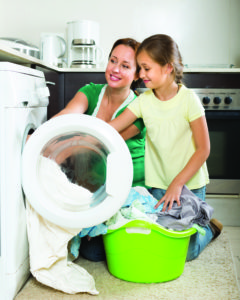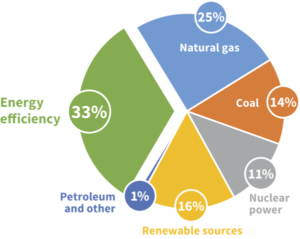Energy efficiency (EE) simply means using as little energy as possible to heat, cool, and light your home, office, or commercial building. Energy efficiency is overwhelmingly the cheapest and most effective way consumers can save money on their energy bills.

Some common examples of energy efficiency improvements are:
- Updating heating and cooling systems
- Updating appliances to more energy efficient models, such as ENERGY STAR® water heaters, refrigerators, etc.
- Making your home more efficient by adding insulation and sealing window and door cracks
- Updating your lighting to more energy efficient bulbs such as LEDs.
Often, energy efficiency is used interchangeably with weatherization. Weatherization is the process of protecting a building from the elements and optimizing the building’s energy efficiency. Some common examples of weatherization measures are installing insulation, installing storm doors and windows, and sealing air ducts.
In the electricity sector, efficiency is currently our 3rd largest resource:


and it could become our largest resource by 2030.[ref]Source: ACEEE 2016. Greatest Energy Story You Haven’t Heard. http://aceee.org/research-report/u1604[/ref]


